Welcome to the
WalkMe Help Center
Please log in to continue

Please log in to continue

Using the Data Integration Center, data from WalkMe Insights can be pushed into Gainsight and can be used in workflows, reports, and activities. This data is synced every 24 hours at 8:00 am UTC.
Outgoing Integration
Push data from WalkMe Insights into Gainsight, synced automatically on a daily basis, to create more advanced workflows, reports, and activities.
Gainsight integration is based on the Salesforce integration. Using the Salesforce integration, you can push Insights data into Salesforce objects that Gainsight can then use to enhance your understanding of end-user behavior.

During the setup process, you'll choose the Salesforce object to push the data into and which data you want pushed into Salesforce according to an Insights custom report.
If a match is found between the custom report's unique identifier (usually email or GUI) and the Salesforce object's unique identifier (usually email), then you can push the data found in the insights report to this object.
We use the Salesforce OAuth 2.0 authorization method to obtain a token (that we store) for the end-user. This access can be revoked at any time by the Salesforce Admin or within the system by disconnecting the account.
The Data Integration Center UI is in the Insights console under Integrations > Salesforce. From here, the integration wizard will walk you through the process of setting up an integration.
The explicit URL of the module is https://insights.walkme.com/index.html#/salesforceIntegration
Decide which business goal(s) you wish to achieve. Some examples of possible real-life use-cases include the following:
Determine which WalkMe Insights data must be pushed to Salesforce in order to achieve your chosen goal(s).
This can only be done by your Salesforce Admin.
Note: We highly recommend using the prefix WalkMe_ to preface each of the Salesforce custom fields.
We will have the following reports out of the box for all customers:
If you need additional reports, please contact your Account Manager. The additional report should have the tag integrations_salesforce.
In the Insights console (insights.walkme.com), click on WalkMe to Salesforce under the Integrations header in the left sidebar.
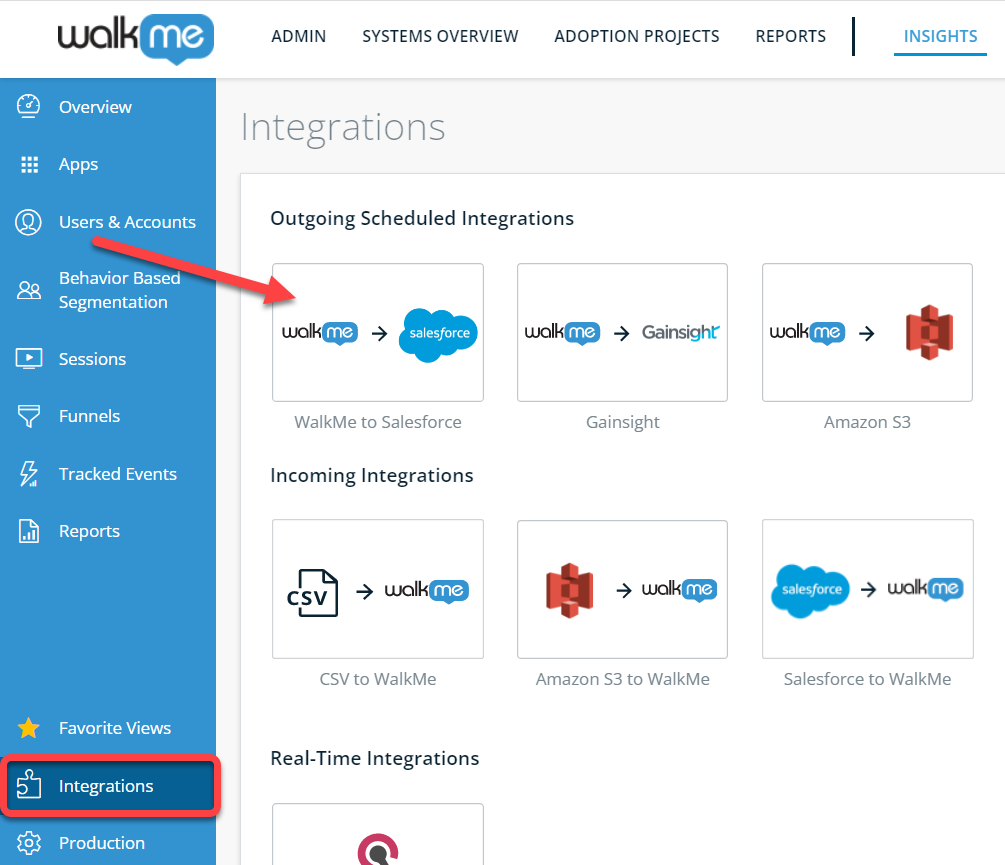
Connect your first Salesforce environment:
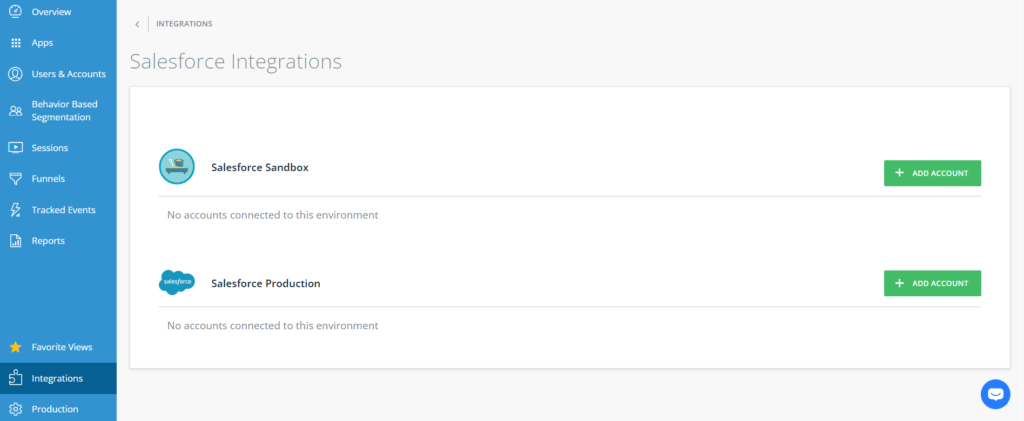
Click the + Add Account button next to the environment in which you wish to connect.
You will be transferred to the Salesforce authentication screen, where you will give WalkMe permission to push data to this account using the OAuth 2.0 authorization process.
Note: Make sure to log in with a Salesforce user that is a Salesforce Admin or has ModifyAllData permissions. Otherwise, WalkMe will not be granted permission to push data to Salesforce.
Once you insert the email & password of your account, you'll be redirected back to the Salesforce integration section of the Insights console.
Start your first integration:
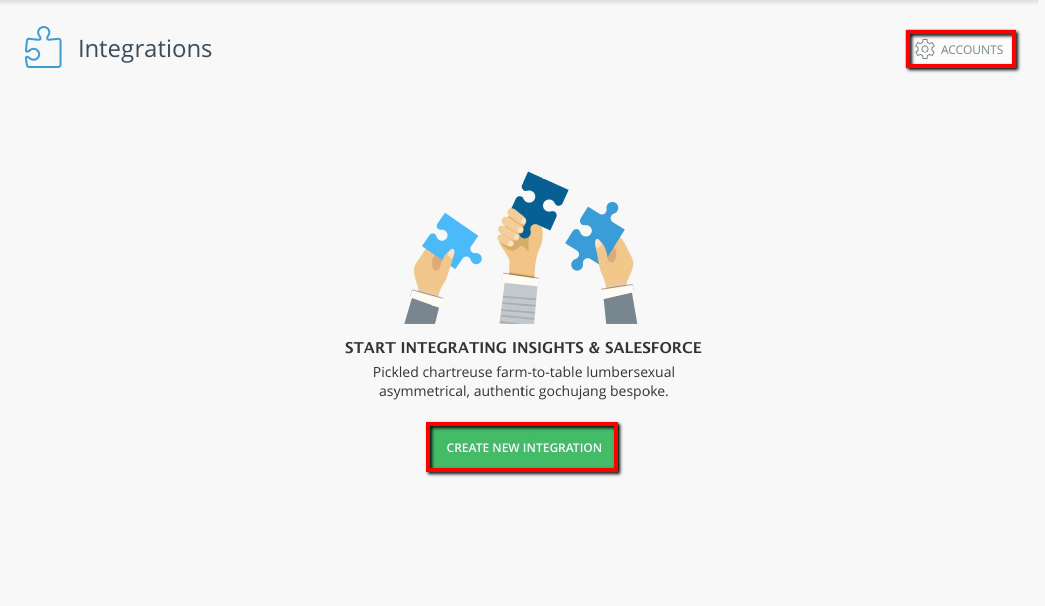
Click the CREATE NEW INTEGRATION button to start the integration wizard.
Note: if you wish to add another account, (e.g., to also connect your Sandbox or Production environment), click the ACCOUNTS button at the top-right of the screen.
Here you will choose between the different Salesforce environments connected to WalkMe.
You can view the Salesforce account details and can choose between Sandbox and Production (if both are connected).
Note: You may select only from among the connected environments (if only one environment is connected, only that one will appear).
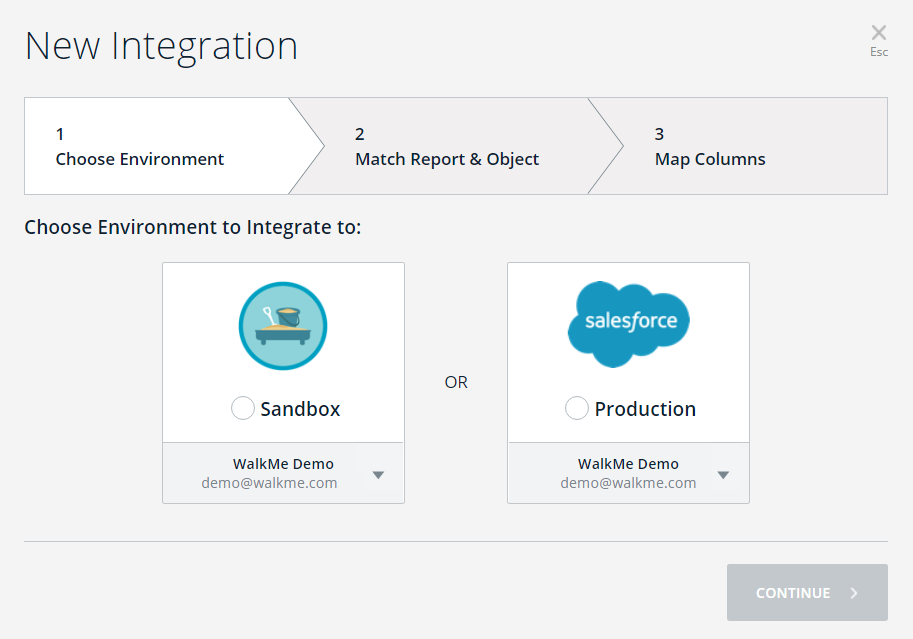
Here you will choose an Insights report and select the Salesforce object with which it should be synced.
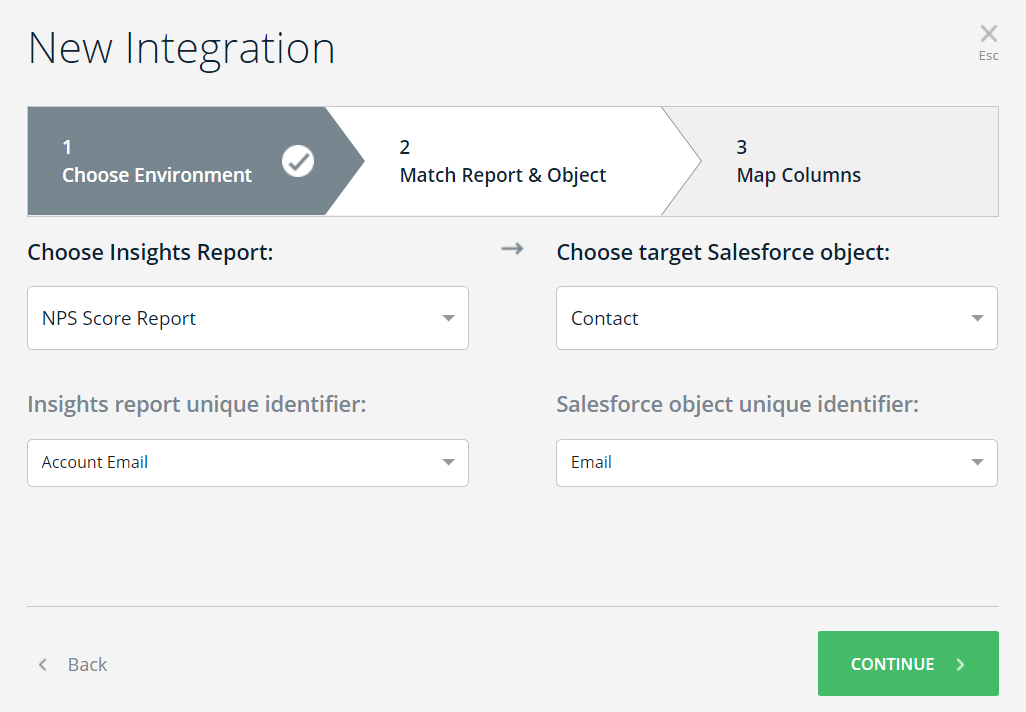
Here you will decide what data will be updated in Salesforce.
This mapping provides the end-user with a UI showing what data from the source report is updated in the Salesforce object:
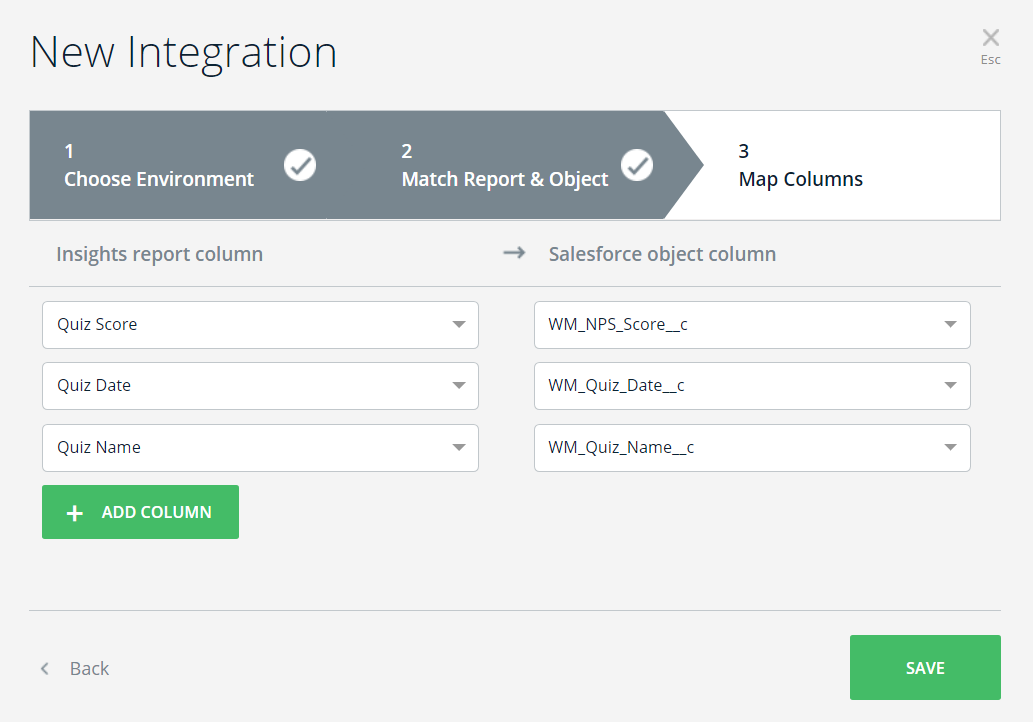
Hover over the integration you just created and click the three dots on the right:

A menu will open. Click the Run Now button.
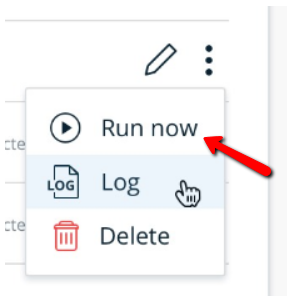
This will execute the integration and will attempt to push any relevant data to the assigned account. If all executed properly, both the log and grid will indicate the integration completed successfully.
When you hover over a specific integration in the Insights console, the Edit button appears.
When the Edit button is clicked, the integration wizard opens, allowing you to edit the integration. The wizard will open to screen 3 to allow you to easily edit the mapping.
You can navigate backward and forward between the screens using the headers and buttons.
Whenever a sync occurs, a log is produced. The log can be found by clicking on the three dots next to the pencil icon that appears when you hover over an integration in Insights' Integrations section:
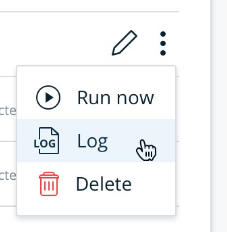
You can perform these actions:
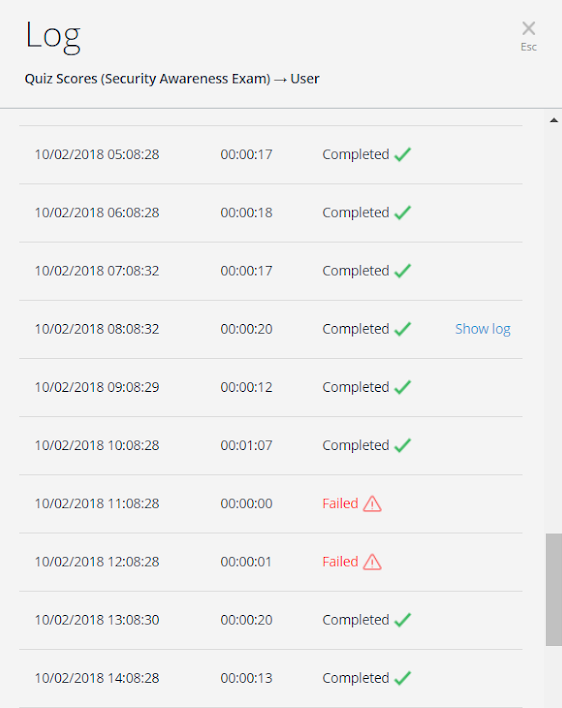
Step 1: Choose a business goal
My goal is to identify leads that are more likely than average to convert from free customers to paying customers. To identify such leads, I want to monitor my leads' use of my software over the course of a 30-day period.
Step 2: Determine which WalkMe Insights data to push to Salesforce
I need the number of logins in the last 30 days.
I'd also like to know the time of leads' first and last logins to get a better idea of my leads' usage of my system.
Step 3: Add Custom Fields to the Salesforce Object
I'll send my Salesforce Admin the following email:
Dear Salesforce Admin,
I have a business goal to identify leads that are more likely than average to convert from free customers to paying customers. To this end, I want to monitor my leads' use of my software over the course of a 30-day period.
In order to do so, we use a system called WalkMe that allows me to get insights on my users and get predictive signs for likely-to-convert leads.
I need your assistance in adding the following custom fields to the Lead Object, both in the Sandbox and Production Environments:
Field Field Label WalkMe_First_Login First Login WalkMe_Last_Login Last Login WalkMe_#_Logins_last_30_days # Logins Last 30 Days Kind regards,
Name
Step 4: Prepare a WalkMe Custom Report:
I have an out-of-the box report for that called Logins Review (no extra work is needed)
All done, and the fields were added to the Salesforce Object. Now I'm ready to start my integration!
Step 1: I'll go to https://insights.walkme.com/index.html#/salesforceIntegration)
Step 2: I'll connect my Sandbox account
I can connect my Production account now or later, whichever I prefer. Usually, I'll connect the Production account after I've tested the integration in my Sandbox account and the results meet my expectations.
Step 3: I'll Create the Integration
Step 4: I'll choose Environment and Account
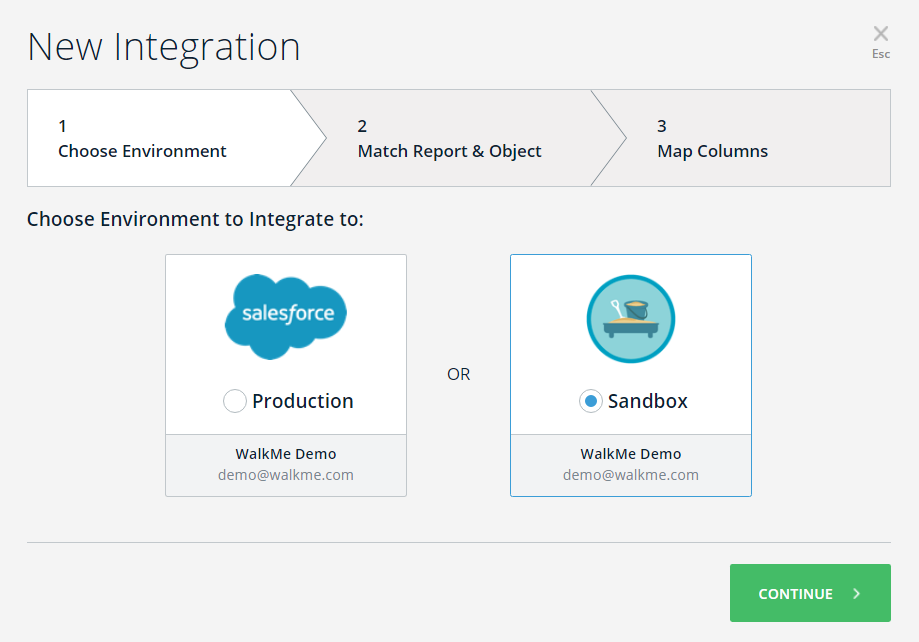
Step 5: I'll Select the Insights Report and the matching Salesforce Object in the integration wizard
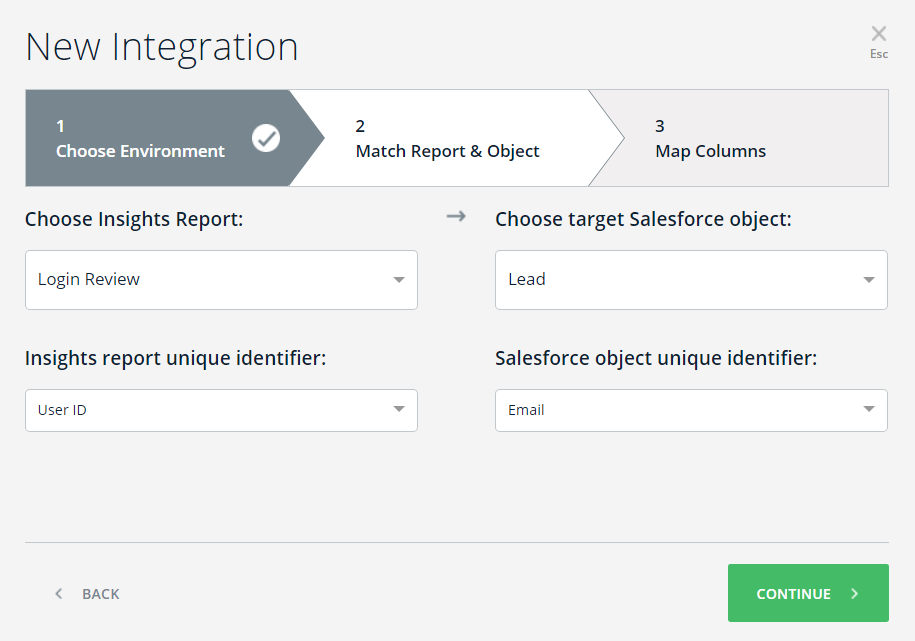
Step 6: I'll Map the fields I want updated into the Lead Object
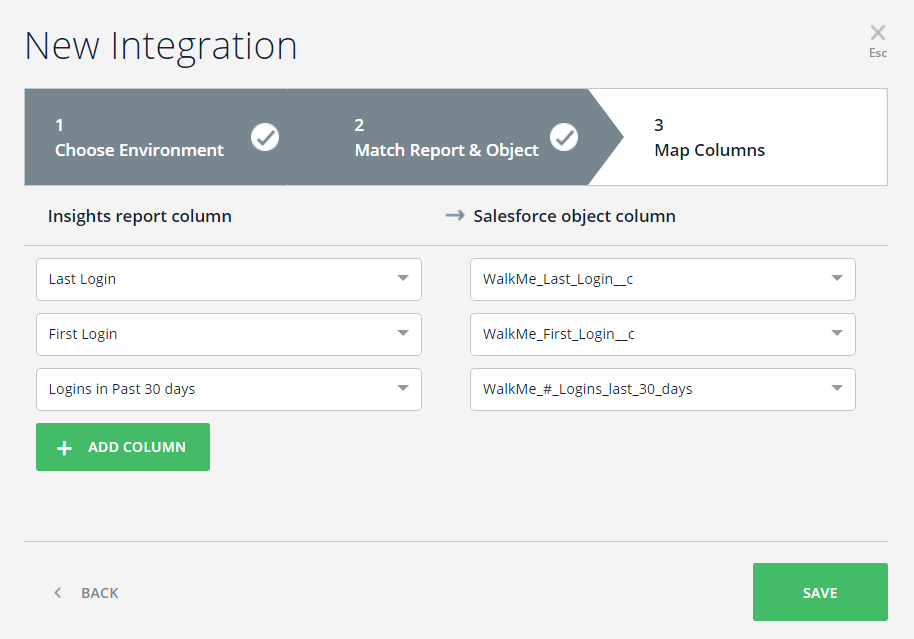
A new integration will be added to my list of integrations:

Step 7: Now I'll execute my integration!
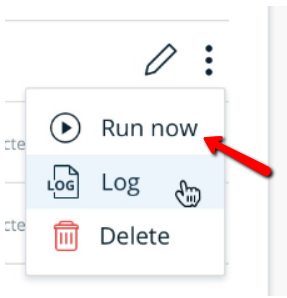

From here on out, the integration will be updated every 24 hours and will push the most updated data to my Lead Objects!